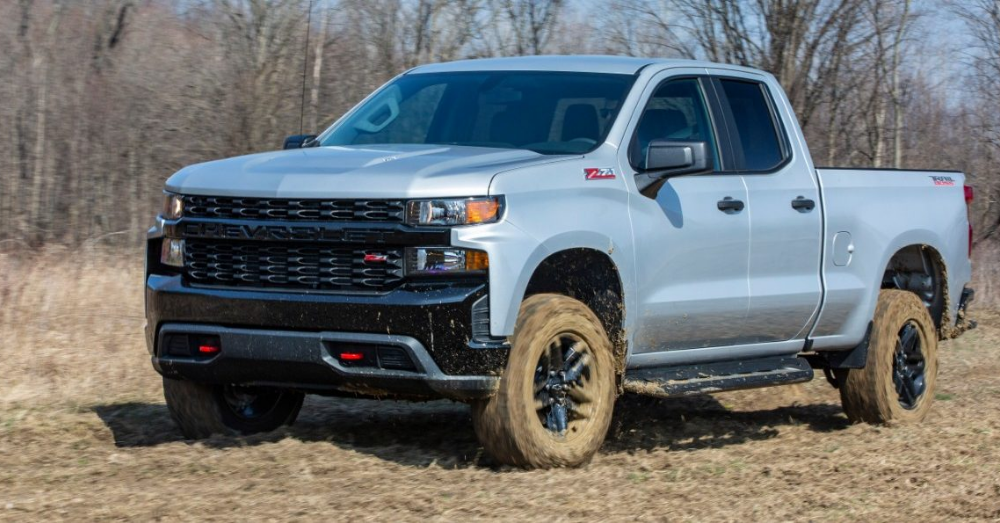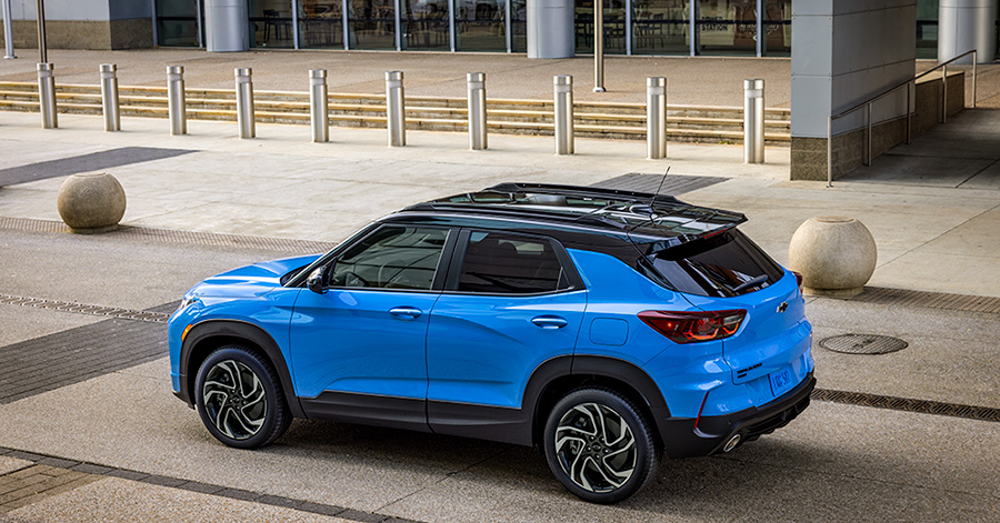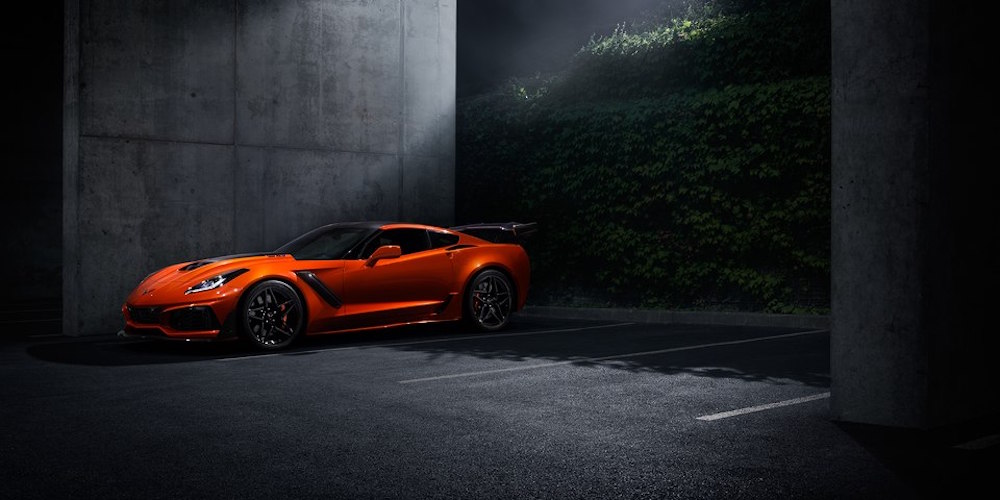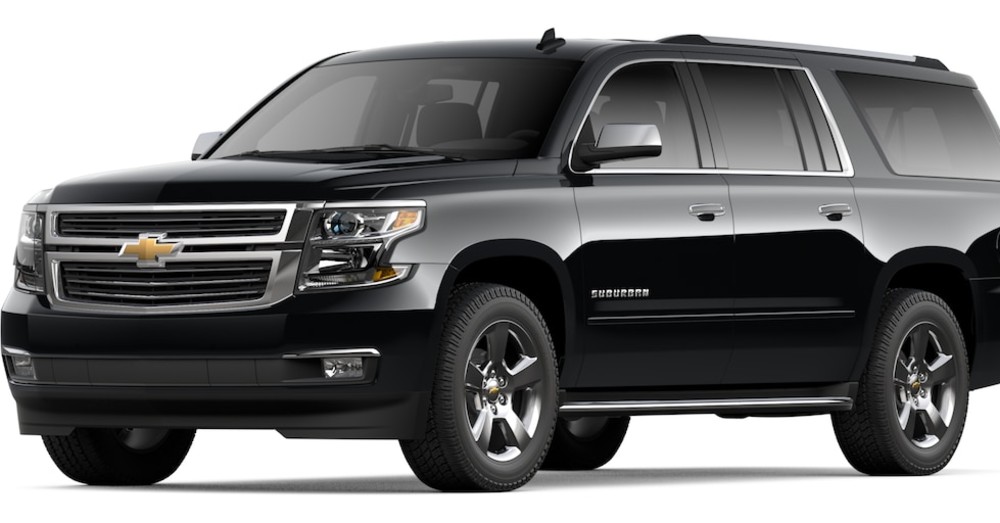
Why You Should Consider a Turbocharged Engine On Your Next Truck
What’s the Difference?
With more people paying attention to their truck’s performance along with overall vehicle emissions, turbocharged engines are getting more looks than ever. Maybe that’s why you should choose the turbo option on your next Chevrolet Silverado 1500.
What is a Turbocharged Engine Anyway?
Alfred Buchi, a diesel engine researcher in Switzerland, invented turbochargers back in 1905. His original patent was for the process of using a compressor to force air into the internal combustion chamber via exhaust gases. The end result was greater power output. Ultimately, turbocharges gave regular engines higher levels of performance with greater efficiency rates.
It wasn’t until 1963 that GM first put turbocharges on the Corvair Monza. Without other upgrades, this popular car went from producing 917 horsepower to 1500 horsepower.
Why Choose a Turbo Engine?
When comparing a turbocharged engine with a naturally aspirated motor, there are several key differences that make the turbo engine a better choice. The most important thing to recognize is that turbochargers allow smaller and more efficient engines to produce power and torque ratings that compare to much larger engines.
With more drivers paying attention to their carbon footprints, turbocharge engines become fantastic options. You don’t have to sacrifice the performance of the larger, more muscular engines to reduce your overall emissions.
One of the most popular trucks today, the Chevrolet Silverado 1500, offers two turbo engines:
• 2.7-liter four-cylinder with 310 hp and 348 lb-ft of torque.
• 3.0-liter diesel V6 with 277 hp and 460 lb-ft of torque.
Why You May Not Want a Turbo Engine
There’s really nothing like having a muscular V6 or V8 under the hood. Engines that naturally aspirate are excellent at providing consistent power. That means you won’t experience some of the lag that might exist with a turbo option when you step on the gas.
Another area where non-turbo engines thrive is with towing and hauling. It’s not that a turbo engine can’t carry whatever load you have to bring along, but the non-turbo options are typically more consistent.
If you’re buying a new Chevrolet Silverado 1500 and don’t want to compromise on your acceleration or towing abilities, you may enjoy these two engine options:
• 4.3-liter V6 with 285 hp and 305 lb-ft of torque.
• 5.3-liter V8 with 355 hp and 383 lb-ft of torque.
The Choice is Yours
Luckily, most vehicle manufacturers are offering turbo options without getting rid of the old-school engine. That means you get to choose which is best for you. Of course, if you’re driving something that isn’t meant to pull a trailer, you might not even notice the drawbacks of the turbo engine.
As time moves forward, expect to see more turbo engine options available for every kind of vehicle you can imagine. The fact that a smaller engine that offers massive amounts of power makes this easier on your wallet and better for the environment. Plus, it definitely sounds much cooler to say you’re driving a turbo engine, even if no one else knows the difference.
This post may contain affiliate links. Meaning a commission is given should you decide to make a purchase through these links, at no cost to you. All products shown are researched and tested to give an accurate review for you.



